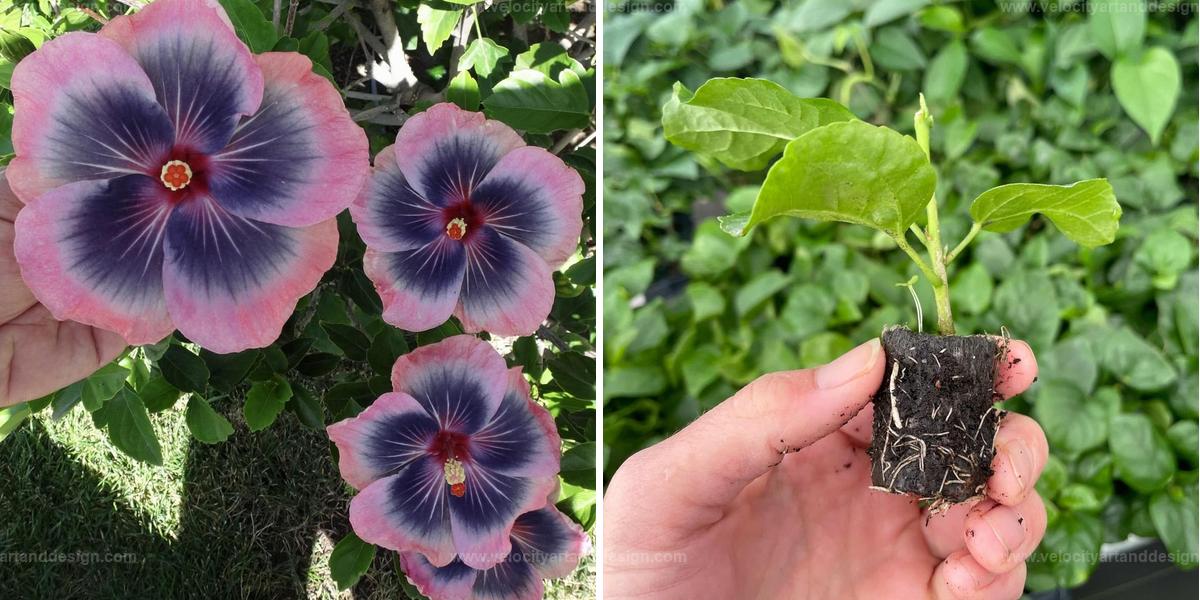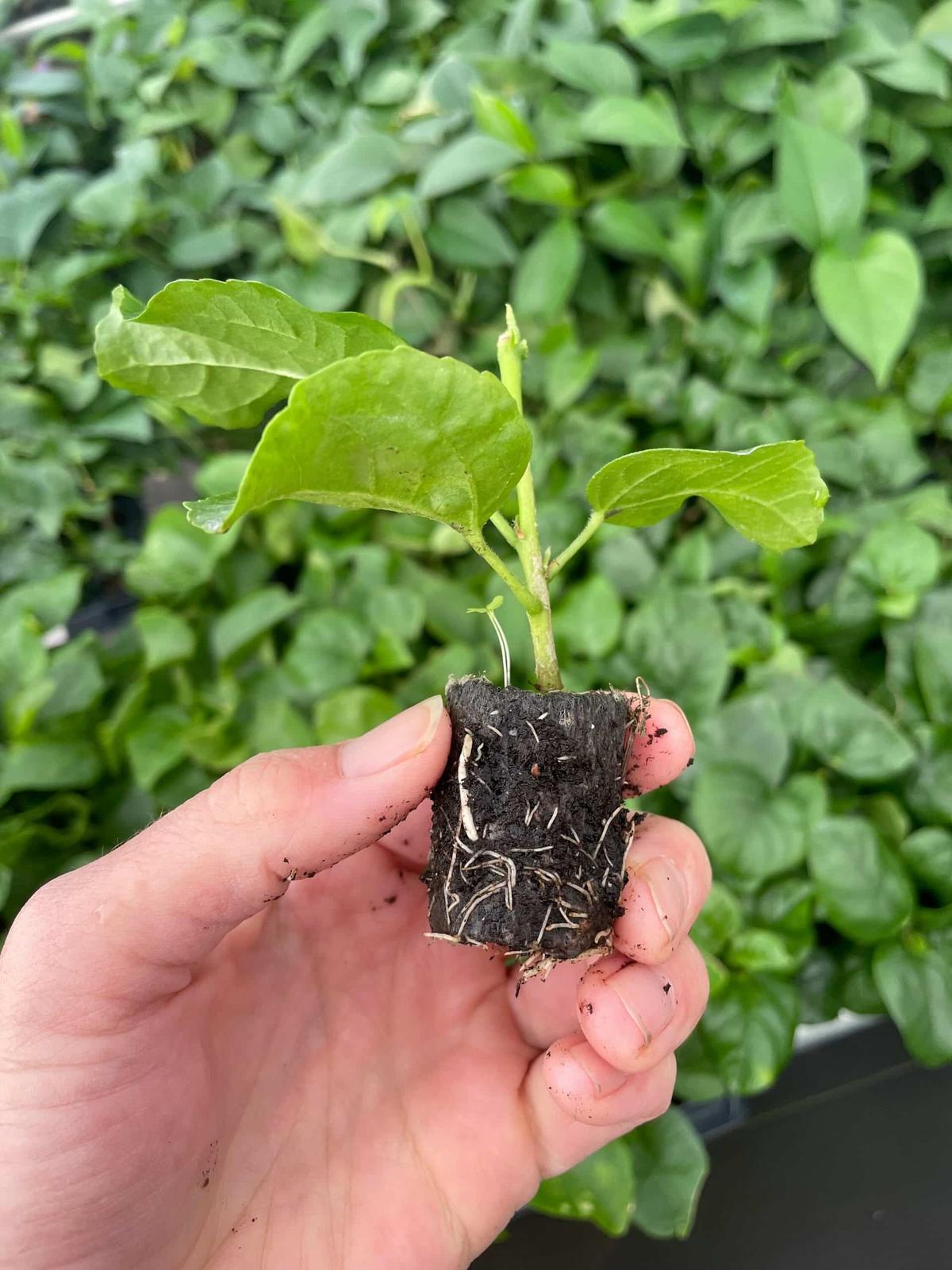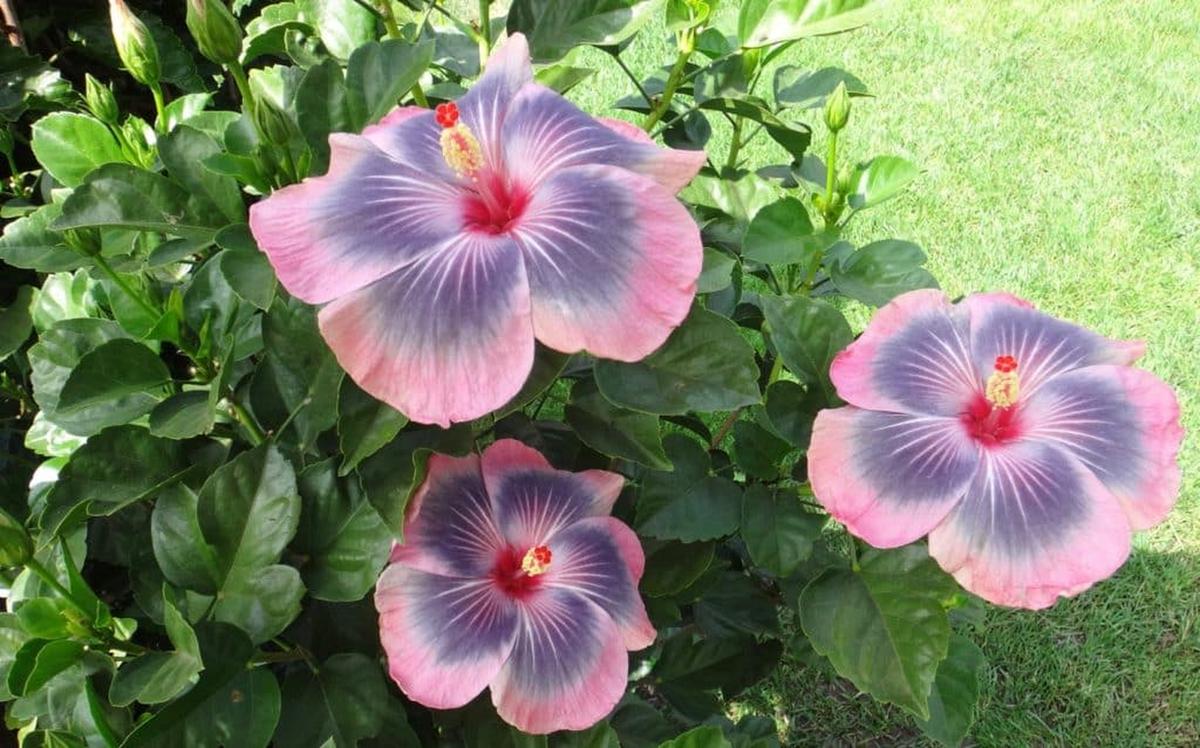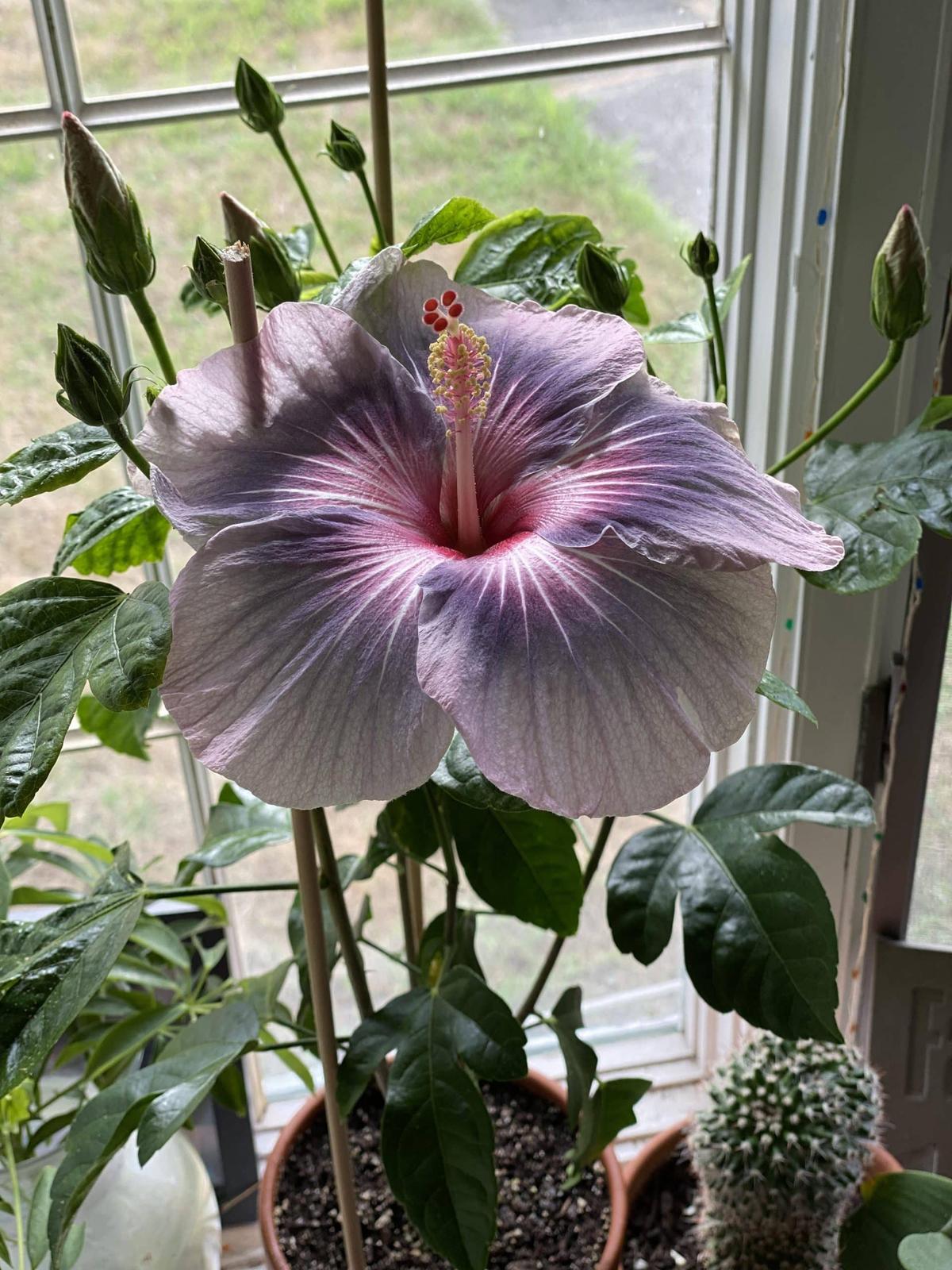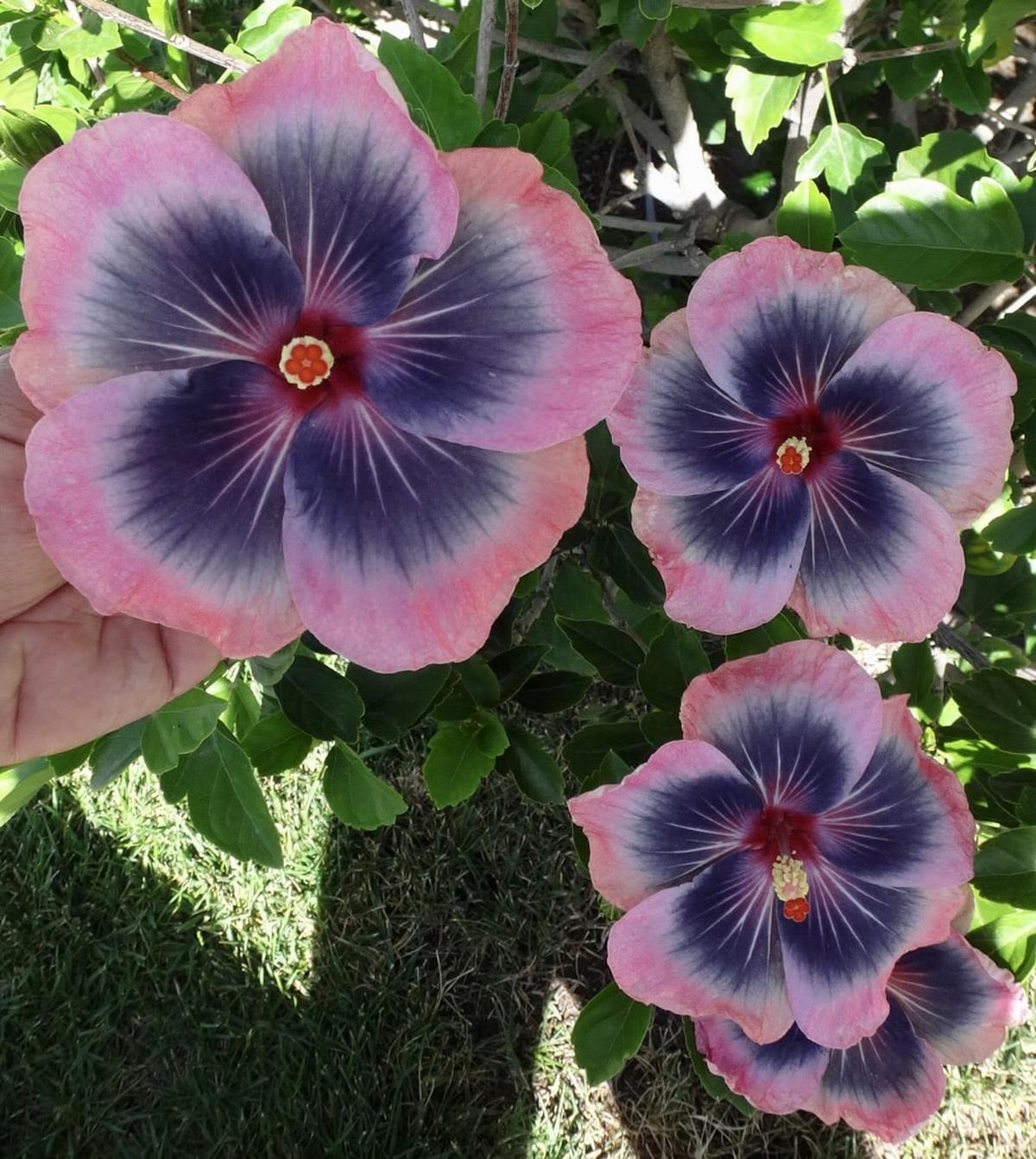Beginner’s Guide to Growing Midnight Tryst Hibiscus
Midnight Tryst Hibiscus is loved for its vibrant, bold flowers and lush foliage, making it a stunning addition to any garden.
Growing this plant may seem daunting for beginners, but with the right guidance, it’s a rewarding and straightforward process.
This step-by-step guide will walk you through each stage, from planting to ongoing care, to ensure your Midnight Tryst Hibiscus flourishes and produces stunning blooms.
Dive into this beginner-friendly guide and start cultivating this beautiful hibiscus!
6 Simple Steps to Grow Midnight Tryst Hibiscus
Follow these easy steps to cultivate the stunning Midnight Tryst Hibiscus. From planting to blooming, this guide covers everything you need to grow this exotic beauty successfully.
Selecting the Ideal Location
Selecting the ideal spot in your garden is key before planting your Midnight Tryst Hibiscus. These sun-loving plants need at least six to eight hours of direct sunlight daily, so choose a bright location.
Ensuring well-drained soil is equally important to prevent waterlogging, which can cause root rot.
Soil Preparation
Preparing the soil comes next. Midnight Tryst Hibiscus thrives in slightly acidic to neutral soil with a pH between 6.0 and 7.0. Test your soil with a pH meter or soil kit available at garden centers.
If adjustments are needed, mix in organic matter, such as compost or peat moss, to improve soil texture and fertility.
Planting Your Hibiscus
When you’re ready to plant, dig a hole twice as wide and just as deep as the root ball. Gently ease the hibiscus from its container, positioning it in the hole so the root ball’s top aligns with the surrounding soil.
Fill in with soil and water thoroughly to settle the plant.
Watering and Nutrient Needs
Deep watering is essential for a healthy Midnight Tryst Hibiscus. Give it a good soak once or twice weekly, letting the soil dry slightly between waterings.
During hot spells, water more often to prevent the soil from drying out. To boost blooms and growth, feed with a balanced fertilizer every four to six weeks throughout the growing season.
Pruning and Care
Pruning plays a role in keeping your hibiscus looking lush. Regularly trim dead or damaged branches, and pinch back branch tips to encourage bushier growth and more blooms.
In colder areas, mulch around the base of the plant in late fall to insulate roots from freezing temperatures.
Managing Pests and Diseases
While Midnight Tryst Hibiscus is generally pest-resistant, keep an eye on it for any signs of trouble. Common pests include aphids, spider mites, and whiteflies, while powdery mildew and leaf spot may arise in humid conditions.
Swiftly treat any issues with organic or chemical options as needed to maintain plant health.
Helpful Tips and Tricks
Enhance your hibiscus-growing experience with these practical tips and tricks. Discover ways to keep your plant healthy, vibrant, and full of blooms all season long.
Important Things to Remember
Keep these key points in mind to ensure your Midnight Tryst Hibiscus thrives. Avoid common mistakes and give your plant the best chance to flourish.
Frequently Asked Questions
Find answers to common questions about growing and caring for Midnight Tryst Hibiscus, from troubleshooting issues to maximizing its growth potential.
What is the mature size of a Midnight Tryst Hibiscus?
Midnight Tryst Hibiscus can reach an impressive height of 4 to 6 feet, with a spread of 3 to 4 feet, depending on the care and growing conditions provided. This makes it a striking addition to any garden, creating a focal point with its large, bold blooms.
When should I plant Midnight Tryst Hibiscus for optimal growth?
Spring is the ideal time to plant Midnight Tryst Hibiscus, once the risk of frost has passed. Planting during this period allows the hibiscus to establish its roots before the intense heat of summer, setting the stage for a healthy, blooming season.
Is Midnight Tryst Hibiscus suitable for container gardening?
Container growth is an option for Midnight Tryst Hibiscus, as long as the container is spacious enough to support its root system. A well-draining potting mix is essential, along with consistent watering to maintain soil moisture. With the right care, your hibiscus will thrive in pots, bringing beauty to patios or balconies.
Does Midnight Tryst Hibiscus typically lose its leaves during winter?
Seasonal leaf drop in winter is entirely normal for Midnight Tryst Hibiscus, particularly in cooler climates. This response to reduced light and temperature is nothing to worry about. If the stems remain green and strong, new leaves should appear in spring as the plant reawakens.
What’s the best way to propagate Midnight Tryst Hibiscus?
Propagation from cuttings is a rewarding way to grow more Midnight Tryst Hibiscus. Choose a healthy stem with several nodes in spring or summer, then dip the cut end in rooting hormone before placing it in a well-draining potting mix. Keeping the cutting warm and moist encourages root development, after which it can be transplanted.
Is Midnight Tryst Hibiscus safe for pets?
Although Midnight Tryst Hibiscus isn’t highly toxic to pets, it’s best to keep curious animals at a distance. Some pets may experience mild digestive upset if they nibble on the leaves or flowers. If you notice signs of ingestion, consult your veterinarian for guidance to ensure your pet’s comfort.
By giving your Midnight Tryst Hibiscus the care it deserves, you’ll be rewarded with stunning blooms throughout the growing season. With just a bit of attention, this plant will transform your garden into a beautiful, envy-worthy space that all will admire.

